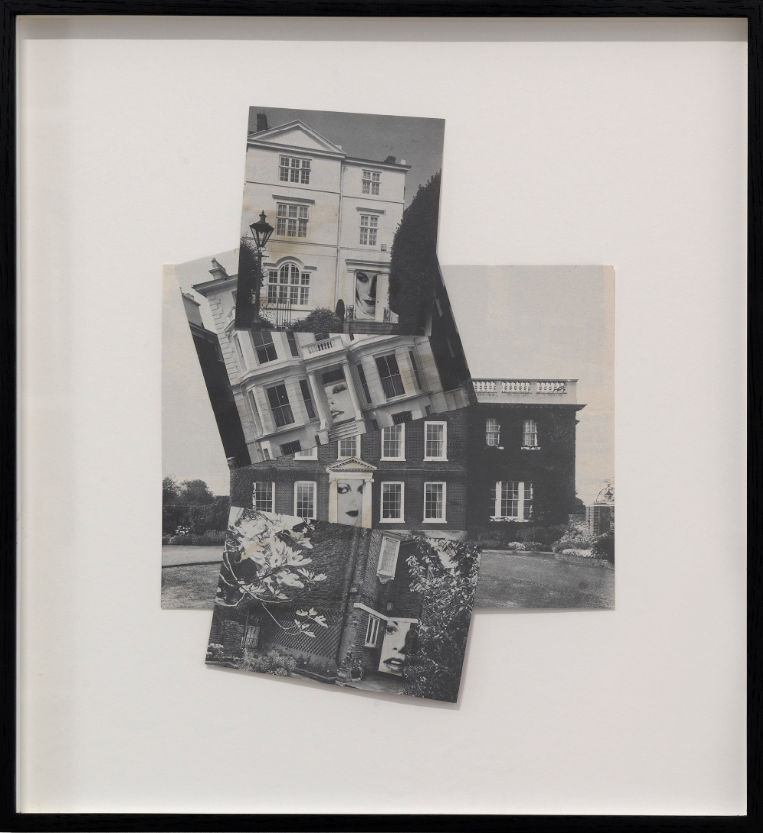The 1979 collage acquired for Hatton Gallery was made two years after Linder designed the infamous album cover of The Buzzcocks’ Orgasm Addict. Living in Manchester in the 1970s, Linder was closely involved in the underground Punk scene, the DIY aesthetic of which she credits with empowering her use of collage technique. During this time she began to make work that was aggressively critical of the banal commodification of the female body and female sexuality. Using materials found in pornography as well as women’s magazines, she frequently obscured the faces of naked models with domestic appliances. Her wrath was not only directed at the commercial world, but quite specifically at the casual screening of pornography at the famous and influential Hacienda nightclub in Manchester. It was here in 1982 with her band Ludus that Linder famously performed in a dress made of raw meat.
Untitled is perhaps less immediately confrontational than some of her work, but it sits squarely within the concerns that have been at the core of Linder’s practice for more than thirty years. White goods, cooking utensils and cutlery feature repeatedly as signifiers of the domestic sphere that was for so long considered the appropriate setting for women. In Untitled, the home itself is presented as a teetering monolith, women’s faces peering through the windows and doors. Like Alice in Wonderland, the women have become absurdly too large for the buildings and threaten to be no longer confined by them – be they palatial mansions or modest suburban semis.
Hatton Gallery holds a pivotal place in the development of Pop Art and collage in Britain, adjacent to Newcastle University’s art school where Victor Pasmore, Richard Hamilton and Eduardo Paolozzi were influential teachers. The Gallery is also home to Kurt Schwitters’ Merz Barn (1948). The Gallery’s acquisition of Linder’s Untitled, adds to the continuing story of collage in the UK – one that is important not only for its material radicality, but for its history as a medium for protest and political commentary.


